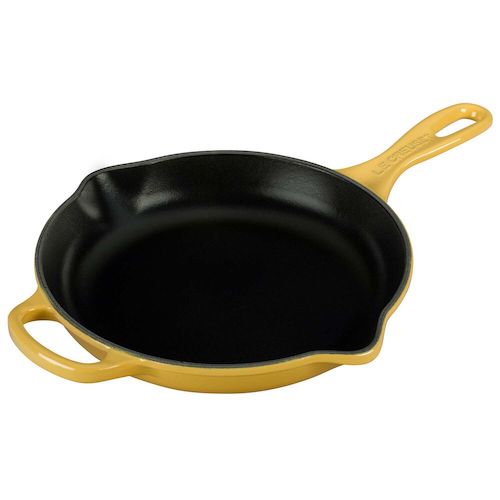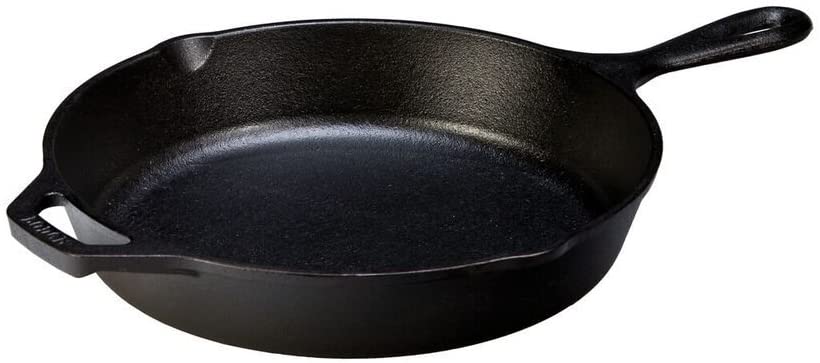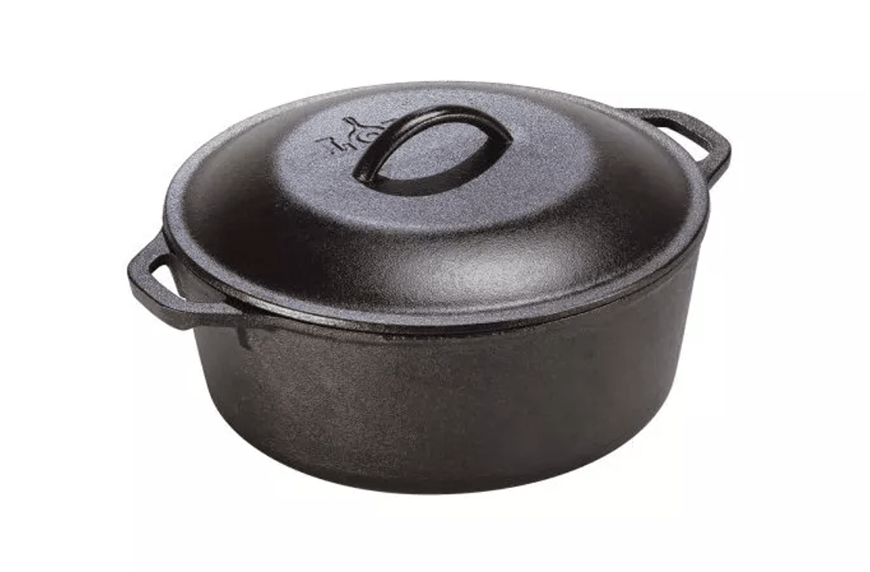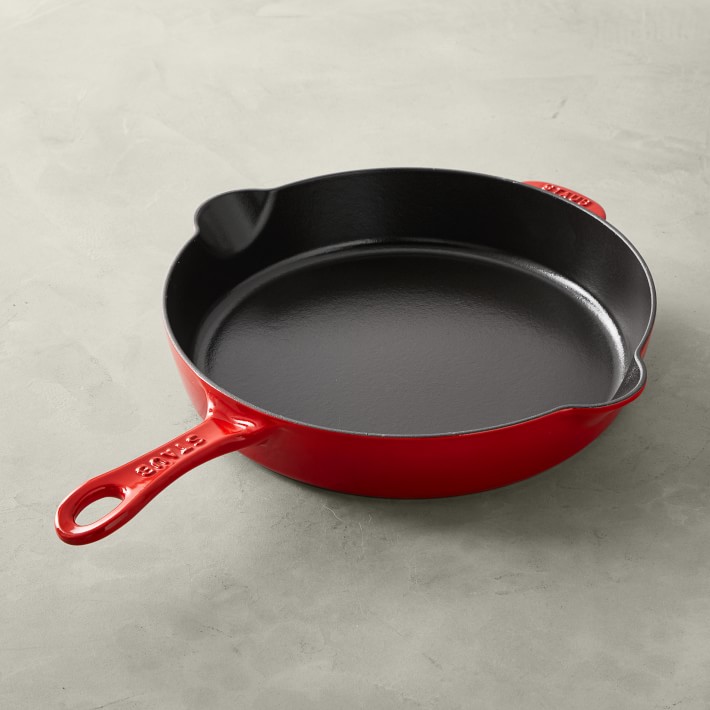Are Cast-Iron Pans Actually a Significant Source of Iron? A Dietitian Tells All
“A systematic review published in 2021 found that cooking in cast-iron cookware can increase blood hemoglobin levels and boost the iron content of foods,” says nutrition expert Maya Feller, MS, RD, CDN. “The studies included in this review found that blood hemoglobin levels—or iron markers—noticeably increased from 0.3 g/dl all the way up to 1.7 g/dl after cooking food in cast-iron cookware.” Cooking meat and vegetables in cast-iron resulted in the highest increase—in some cases, the participants' iron intake actually doubled.
Why does that matter? According to Feller, iron is an essential nutrient, meaning it must come from external sources, plus it’s integral to multiple functions within the body. “Iron is a component of hemoglobin, which is a protein that transfers oxygen from the lungs to tissues throughout the body. It’s also a component of myoglobin, which carries oxygen to the muscles and it’s important for hormone production, cell functioning, and neurological development.”
How much iron do we need?
Iron needs depend mostly on age, sex, and pregnancy status. Feller notes that the RDA for iron for non-vegetarian adult men is 8 mg per day, while it’s 18 mg per day for women and 27 mg per day for pregnant women. The RDA for vegetarians is 1.8 times higher than it is for those that eat meat regularly, as iron from plant sources is generally not as bioavailable in comparison to animal sources.
{{post.sponsorText}}
That said, while cast-iron cookware can offer a beneficial and meaningful way of contributing iron to meals, it can be hard to exactly quantify the increase in iron content. “Absorption is influenced by many variables including age, the size of the pot, preparation technique, as well as the duration of cooking,” says Feller. She notes, however, that in general, iron content increases in relation to longer cooking times, frequent stirring, and more food surface area contact.
It’s also worth underlining that the iron one gets from cast-iron cookware is non-heme iron, which isn’t as well absorbed by the body as the heme iron we get from animal sources. Feller nonetheless says it’s a worthy buy—whether you opt for a flashy orange Le Creuset or a more affordable piece from a brand like Lodge. Find a few of our favorite options below.
Top cast iron cookware options to up your iron intake
Top food sources of iron
Even though iron deficiency is very common, iron is commonly found in many foods, so if swapping your ceramic cookware for cast-iron isn’t quite in the cards just yet, consider making an effort to load your plate with some of the top sources to prevent iron deficiency.
There are plenty of vegetarian sources of iron including vegetables like spinach, mushrooms, asparagus, leafy greens, legumes, dried fruit, nuts, seeds, and fortified foods like tofu, grains, bread and cereal… even dark chocolate can be a source. That said, as mentioned, these sources provide non-heme iron, which isn’t as easily absorbed by the body. For heme iron, consider animal sources like beef, chicken liver, chicken, turkey, veal, ham, sardines, oysters, and mussels. If you think you may be deficient in iron, ask your doctor or dietitian before adding an iron supplement to your routine.
Oh hi! You look like someone who loves free workouts, discounts for cutting-edge wellness brands, and exclusive Well+Good content. Sign up for Well+, our online community of wellness insiders, and unlock your rewards instantly.
Loading More Posts...



